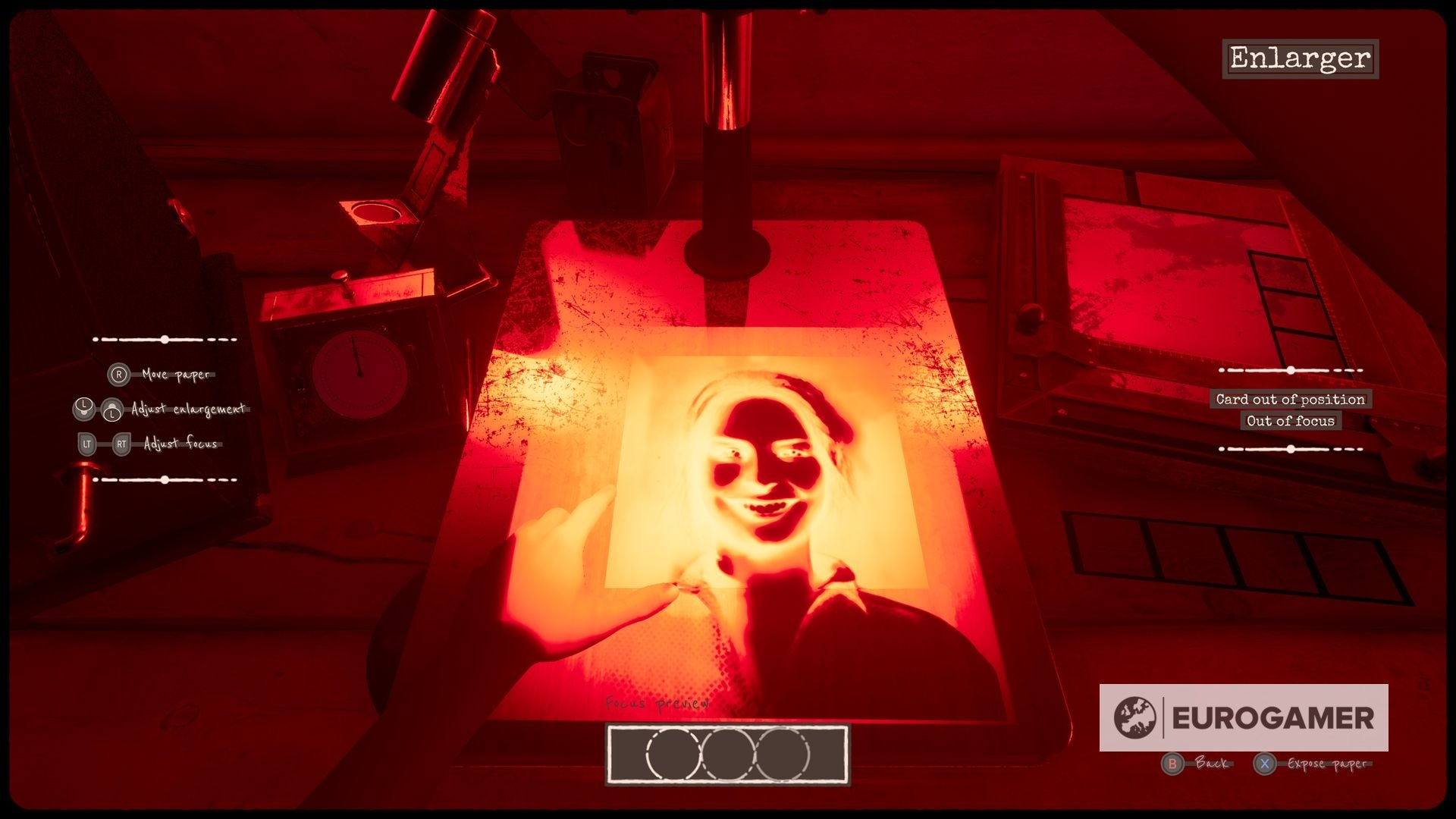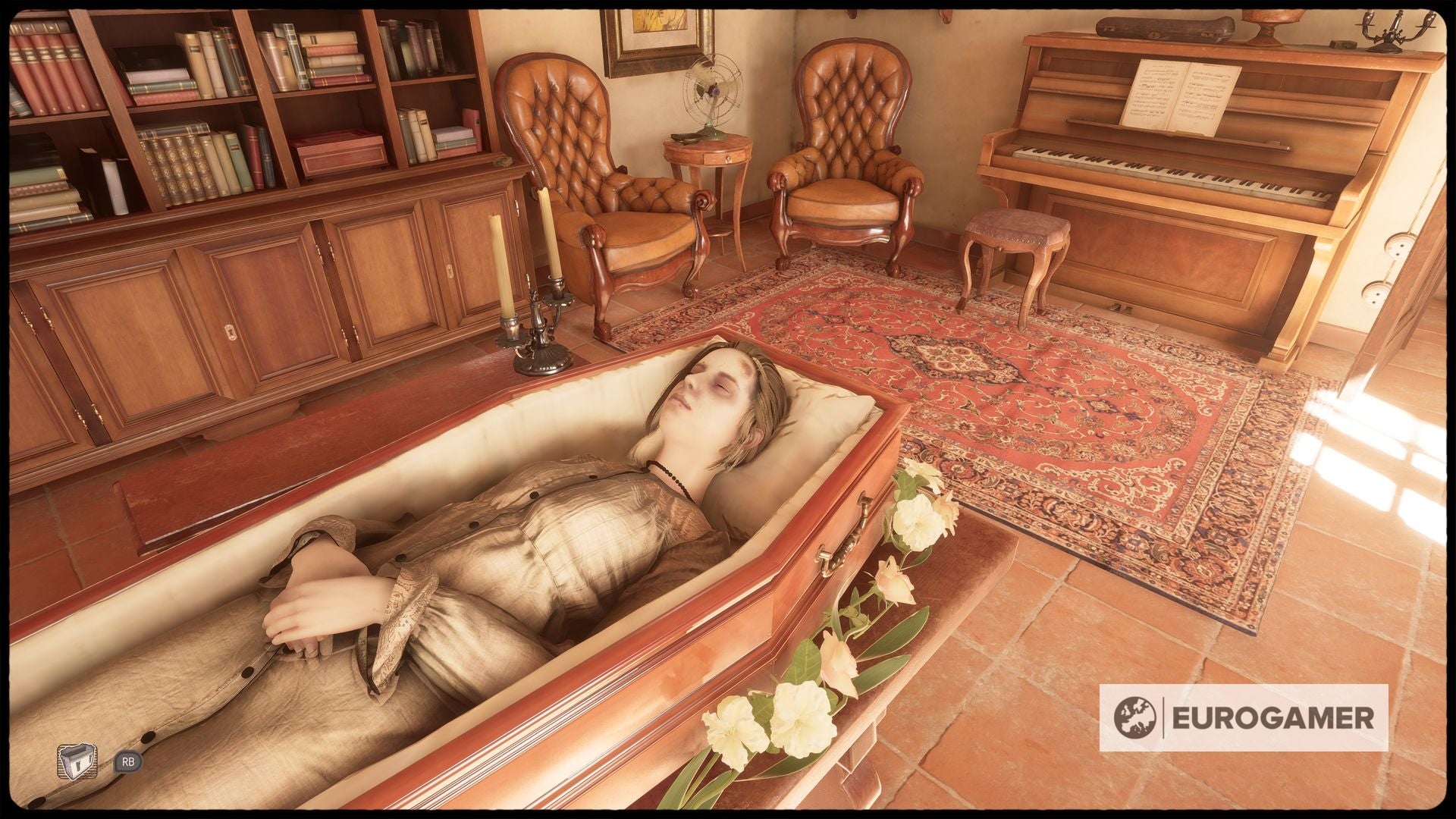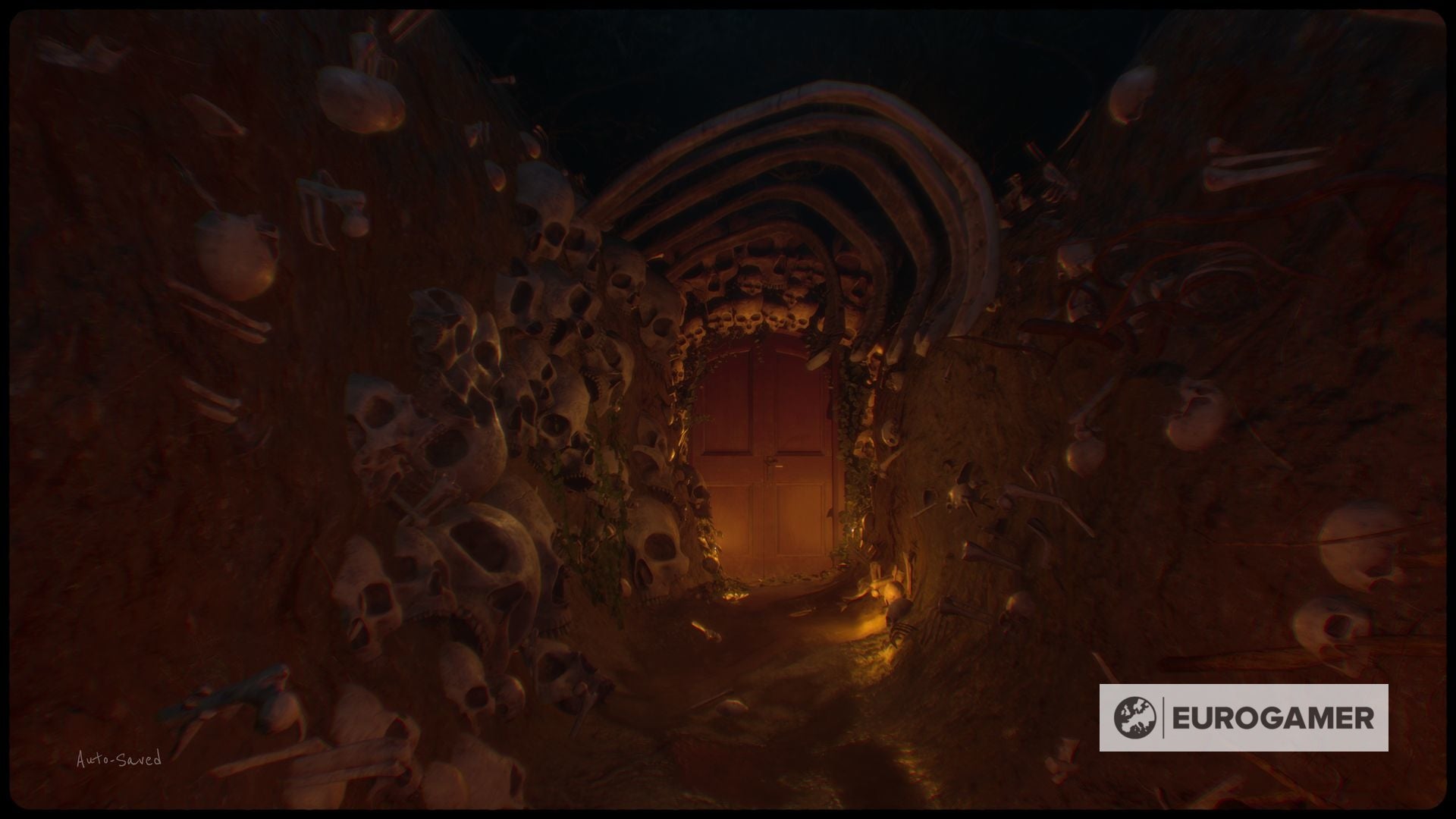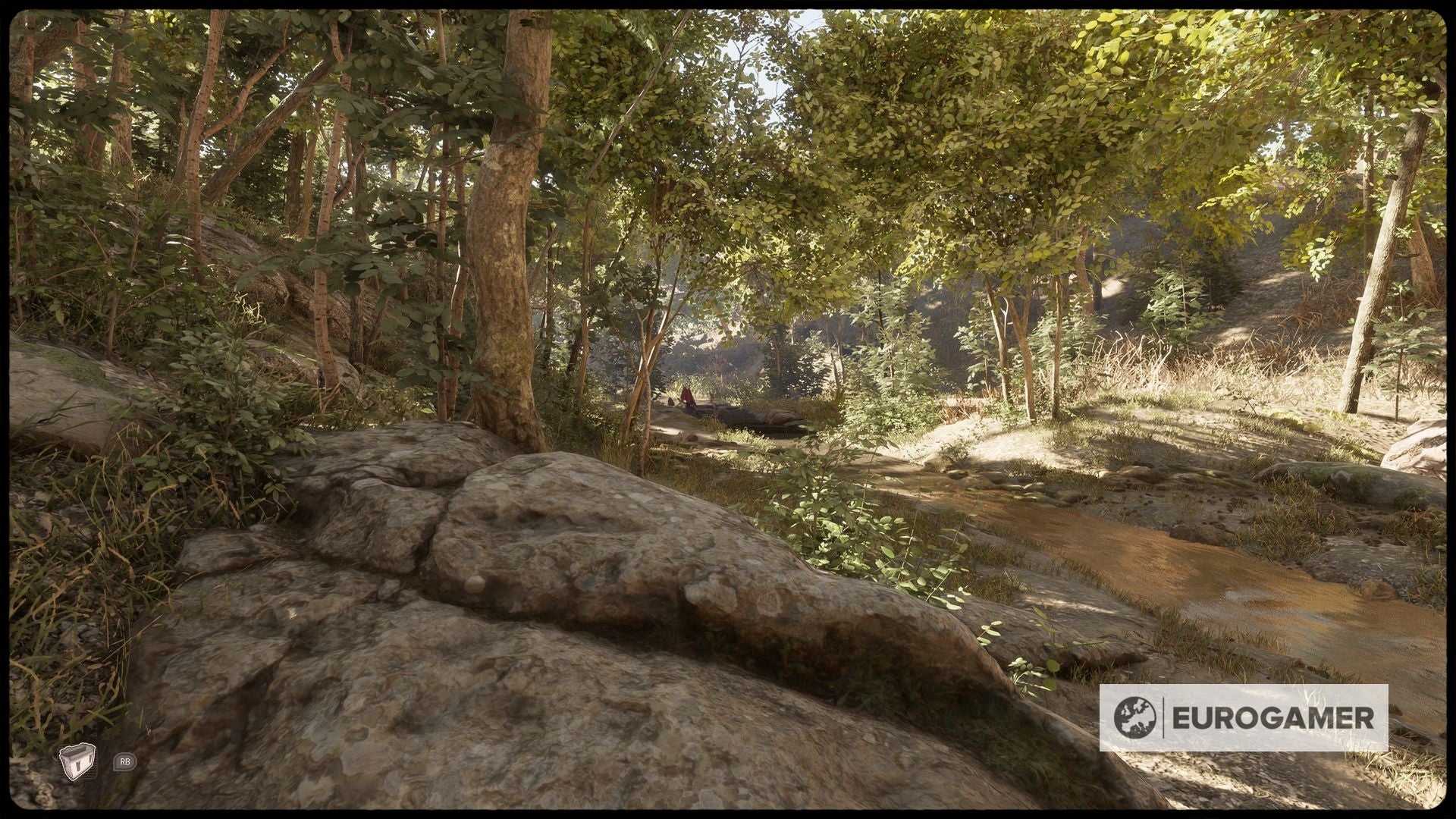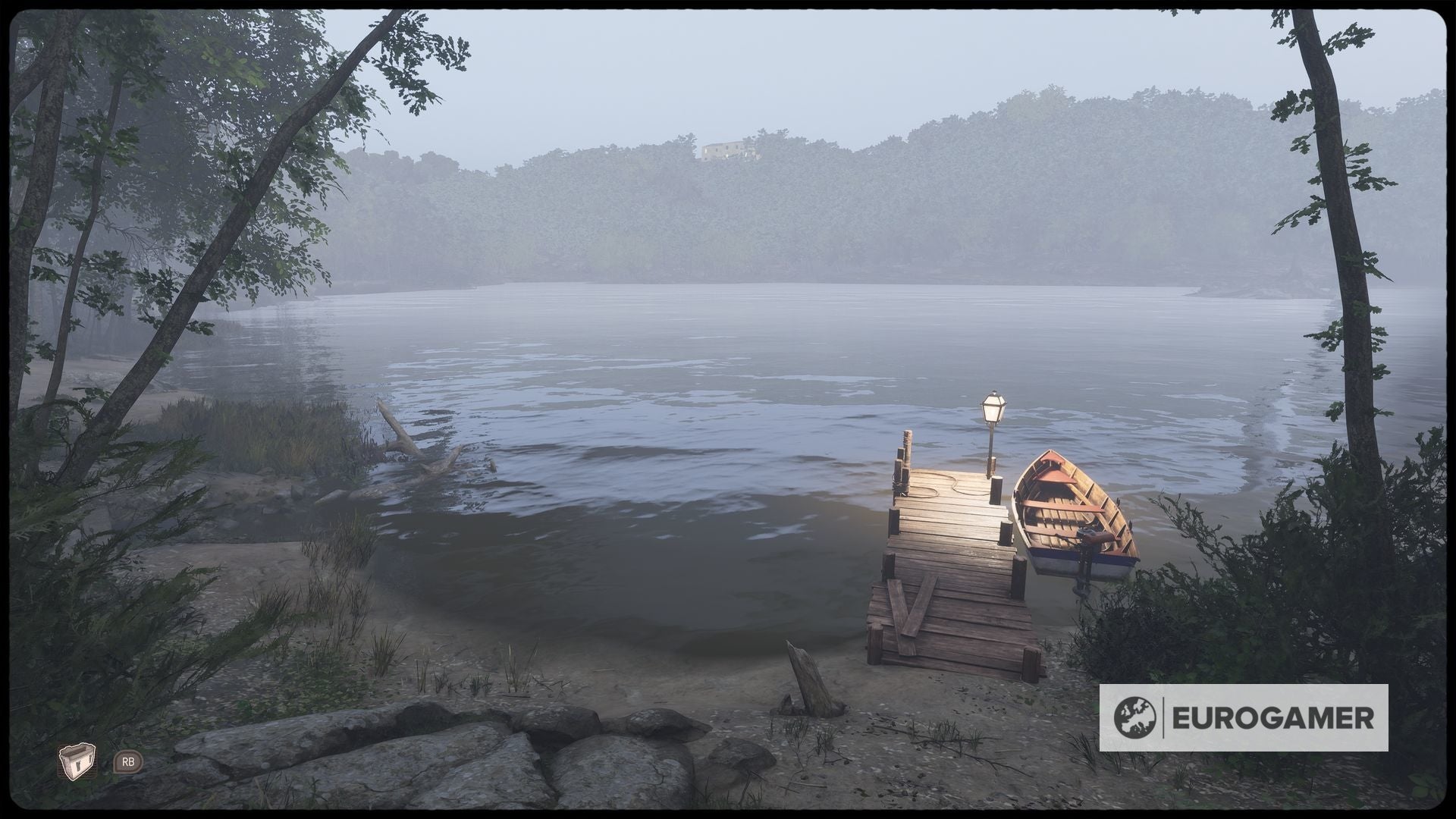The scene everyone’s talking about right now - a scene at the beginning of the game where a girl deftly slices off the face of her twin sister’s corpse - is not the scene from Martha is Dead that we should be talking about. I don’t think it’s the scene we will be talking about. There are several sequences, in fact, that may spark the outrage of pearl clutchers everywhere, scenes that are so gratuitously obscene that even I - a card-carrying lover of deliciously dark stories with a penchant for psychological horror - struggle to justify, and that some may struggle to stomach.
For the record, I played an uncensored version of Martha is Dead on Xbox Series X, so it’s possible the version I experienced will be very different to the one you do, but know that while I am easily spooked, I am not easily grossed out. I read the disclaimer - this “horror drama” will be “visually unsettling and may cause discomfort” as it explores “the complexities of the human mind, psychological trauma, and self-harm” - and was confident I’d be okay. And I was. Just.
The problem is, we’ve been sold a spooky thriller about twin sisters and a haunted lake - a pretty good premise, by all accounts - and what we actually end up with is a bleak, blunt, and not particularly nuanced exploration of mental ill-health, pockmarked with gratuitous body horror violence, few scenes of which carry suitable content warnings.
It’s not that I think all games should be shiny and sanitised; some of the best games I’ve ever played have inverted expectations and taken me to dark, dismal places. No, I don’t believe Sony should have censored Martha is Dead’s content any more than I believe anyone else has the right to dictate the story developer LKA.it wanted to tell. I can even accept the body horror that has no purpose other than to shock, too, providing there’s suitable warnings, clear and upfront.
Initially, though, the first half of the eight-ish hours playtime (my clock says 10+ with an 83 percent completion, but I suspect the timer doesn’t stop when the game is paused), is indeed a spooky thriller about twin sisters and a haunted lake, and it’s brilliant. With its grisly Face/Off homage, it’s sincerely unsettling and suitably scary, and wholly lived up to the fascinating preview build I played last year. Exploring Giulia’s home and life - all set against a World War II backdrop in ’40s Tuscany in which our own father is one of the bad guys - is fascinating, further enhanced by the newspaper clippings and radio reports peppered throughout. Everything else, though, I’m afraid, is fundamentally flawed.
It feels a little as though someone complained that LKA’s previous game, Town of Light, was too much of a walking simulator - as if that’s a bad thing, which it is not - and so the team threw a load of gamey mechanics at it to pep it up, the majority of which are terrible and tedious. A key mechanic - taking and developing photographs - is confusing at first, kind of cool at second blush, and irritatingly cumbersome for the rest of the game, even though later, you can collect different lenses, accessories, and films. Pointless “press LT, press RT” triggers have been shoehorned in, too, alongside long, insufferable puppetry sequences that, like most things in Martha is Dead, start out intriguing enough but soon outstay their welcome.
That’s without Giulia’s agonisingly slow “running” speed and some pretty opaque puzzling, too. Even selecting the authentic Italian voice work will later come back to bite you, as the font, colour and speed of the lengthy English prose often make it tricky to read and keep up with Martha is Dead’s dizzying plot twists.
Oh, but it’s beautiful. Just like Town of Light, Martha is Dead puts its Italian heritage unashamedly front and forward - and what a joy it is, exploring the family’s modest dwelling and sun-drenched environs, blissfully unaware that for all its warm sunshine, dark secrets sit in its shadows. The world is complex and detailed, authentic and inviting, and a real triumph for an indie team of just ten gifted souls.
But to say it’s uneven is to be charitable, and this imbalance seems to affect many aspects of the game, from the story, to the pacing, to the horror elements, to the soundtrack, to the puzzles to… well, I think that’s everything. Again, the story shines brightest in its opening act, and Giulia’s investigation of the White Lady of the Lake - apparently inspired by Italian folklore - is simply superb. After that, things seem to go to hell.
For one, there are some technical issues. I was forced to reload my prior save several times because a prompt didn’t pop, an asset glitched out, or the game unceremoniously crashed. There’s a generous auto-save - only during the tedious marionette sequences did it prove otherwise - but even that couldn’t help when I was prevented from completing the final step of a lengthy side quest because a glitch stopped me from getting into a boat.
It’s not even strong enough to commit to a definitive ending, either. Yes, we all relish a little ambiguity from time to time, but in Martha is Dead’s case, whatever you believe to have been Martha’s fate is the fate she will have, which is particularly frustrating given the game’s whole premise is that of a supernatural whodunnit. Worst still, so many - too many! - things don’t make sense. The plot holes are vast.
But perhaps most egregious of all, though, is Martha is Dead’s unsubtle, unnuanced utilisation of mental ill-health. I have no idea who sits on the (small, indie, and undoubtedly talented) LKA team, what their personal experiences are, or what external consultants may have been drafted in, but I politely posit that it wasn’t enough. Not enough to counter the grossly overused “mental ill-health = murderous” trope, anyway.
Director, writer, and lead game designer, Luca Dalco, admits this story is sewn with seeds of his own personal emotions and feelings, and to open himself up in such an intensely personal way can only be celebrated. However, much of Giulia’s intensely personal journey - and intensely private thoughts - very much feel as though they’ve been written by someone imagining what it’s like to be a young woman. Her thoughts, phrasing, and actions are, at times, so at odds with how you’d expect her to behave, even from the perspective of a traumatised and potentially unreliable narrator. For instance, no woman, whatever her age or sexual experience, would wake up in blood-soaked sheets and simply shrug it off with a: “Dammit! I’m not due yet and there’s a lot more than usual” (and - having personal, devastating experience of pregnancy loss - a content warning wouldn’t have gone amiss).
The game I expected to play - the game about the haunting death of our twin sister and an even more mysterious fairytale - kicked off spectacularly, and yes, I’m even including the Face/Off sequence in that. What a shame it is, then, that such a promising and atmospheric horror, lofty in scope and ambition, dissolves into such inelegant and incoherent chaos that will likely be remembered for all the wrong reasons.
